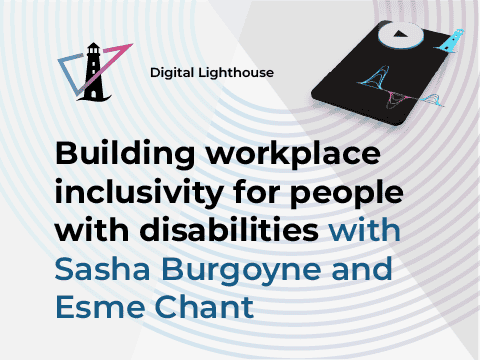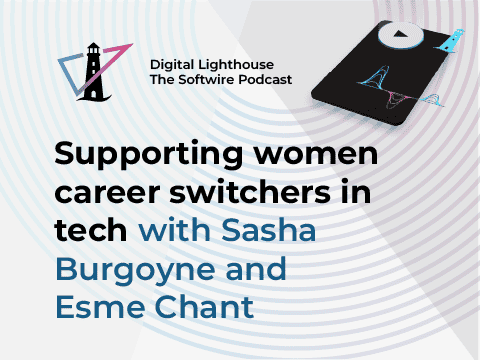
News coverage of racial insensitivity and outright bias towards people of colour (POC)has increased after the 2020 murder of George Floyd, the growing Black Lives Matter movement protests, and the slaver statue riots. The coverage has promoted the business world to look inward to examine how systemic racism has appeared in various industries.
A McKinsey report found that companies with more culturally and ethnically diverse executive teams were 33% more likely to see better-than-average profits. By eliminating barriers for POC to thrive in the workplace, companies can achieve true diversity and benefits to the business bottom line. In addition, this can create an equal workplace, happier employees and makes steps towards a society without systemic racism.
Softwire employees Helen Jeffers and Yemi Olagbaiye gave us their thoughts on how businesses can ensure systemic racism is removed from their processes on our recent #TechTalk podcast. Read on to find out how your business can do the work.
How can decision-makers make changes at work to break down systemic racism?
Yemi succinctly points out that ‘racism is not a personal trait, racism is a structure’, which is how he describes discrimination materialising in a corporate setting. Companies can eviscerate discriminatory language and race-based aggression, Yemi says, but they should also examine how their business structure benefits POC.
How can your business get started on breaking prejudiced systems?
Contribute to local communities
Firstly, to make an impact on an economic level, businesses can support the Black, Asian and Minorty Ethnic (BAME) communities in their local area. Yemi and Helen suggest:
- Supporting minority authors
- Donating to charities that help POC
- Visiting restaurants and working with businesses owned by POC
Contributing locally can break down economic systems that prevent minority groups from social climbing.
Eliminate bias from processes
Secondly, recruitment is an area where there can be implicit bias working against POC. For example, black people are less likely to be hired, even based on the name on their CV. Yemi and Helen suggest:
- Anonymising CVs
- Using task-based assessments to show proficiency
- Ensuring the language used in advertisements is inclusive
Using these methods, you can ensure your selection processes are geared towards a meritocracy rather than unconscious bias.
Create impactful groups
Businesses can also create safe spaces for employees, letting them air their thoughts on the workplace culture:
- Slack channels
- Diversified group meetings
- Anonymous online comment boxes or whistleblowing routes
This allows microaggressions and race-based inequalities to be addressed with leaders in the organisation, who can genuinely implement change.
Amplify voices
Lasting, find ways to amplify voices. A meeting strategy used by female aids in the Obama administration was amplification. In practice, when a woman made a strong point in male-dominated meetings, the other women around the table would repeat it and credit the author. Amplifying forced the men to take notice of female contributions and avoided them claiming ideas as their own.
Amplification translates to boardrooms too. Businesses can pledge to amplify the voices of POC employees, and by doing so, you can create a richer discussion with a variety of perspectives that includes the voices that could have been silenced previously.
Learn more about how to avoid systemic racism
You can listen to the full podcast on systemic racism, featuring Softwire’s own Helen Jeffers and Yemi Olagbaiye, which can give you even more ideas for implementing positive change. If you’d like to check out what other topics we’ve covered, see the full #TechTalks podcast series here.


